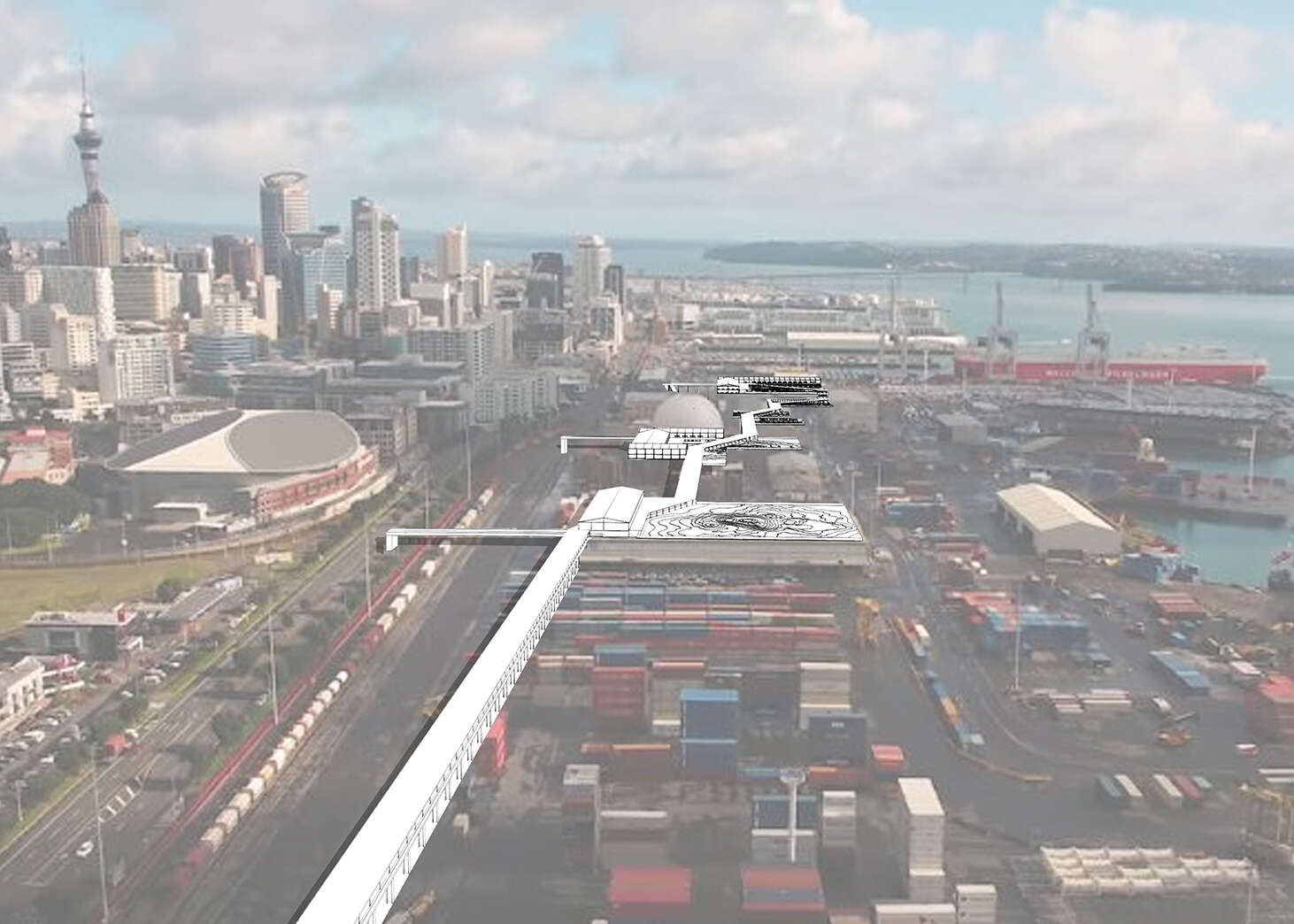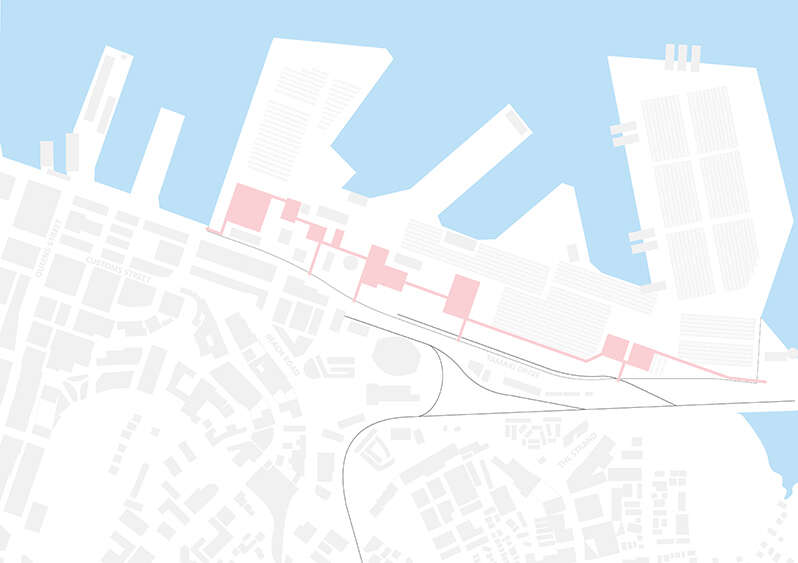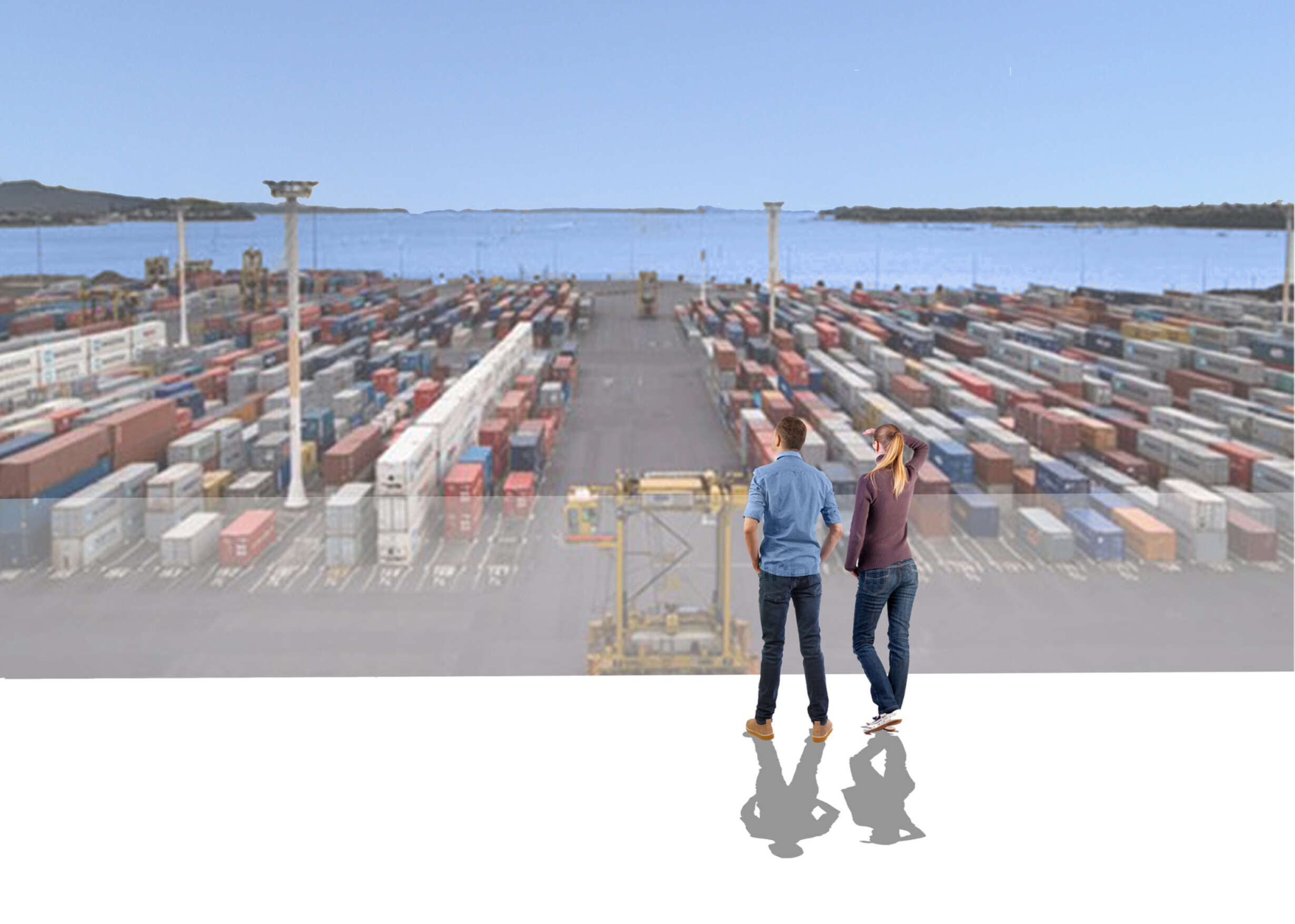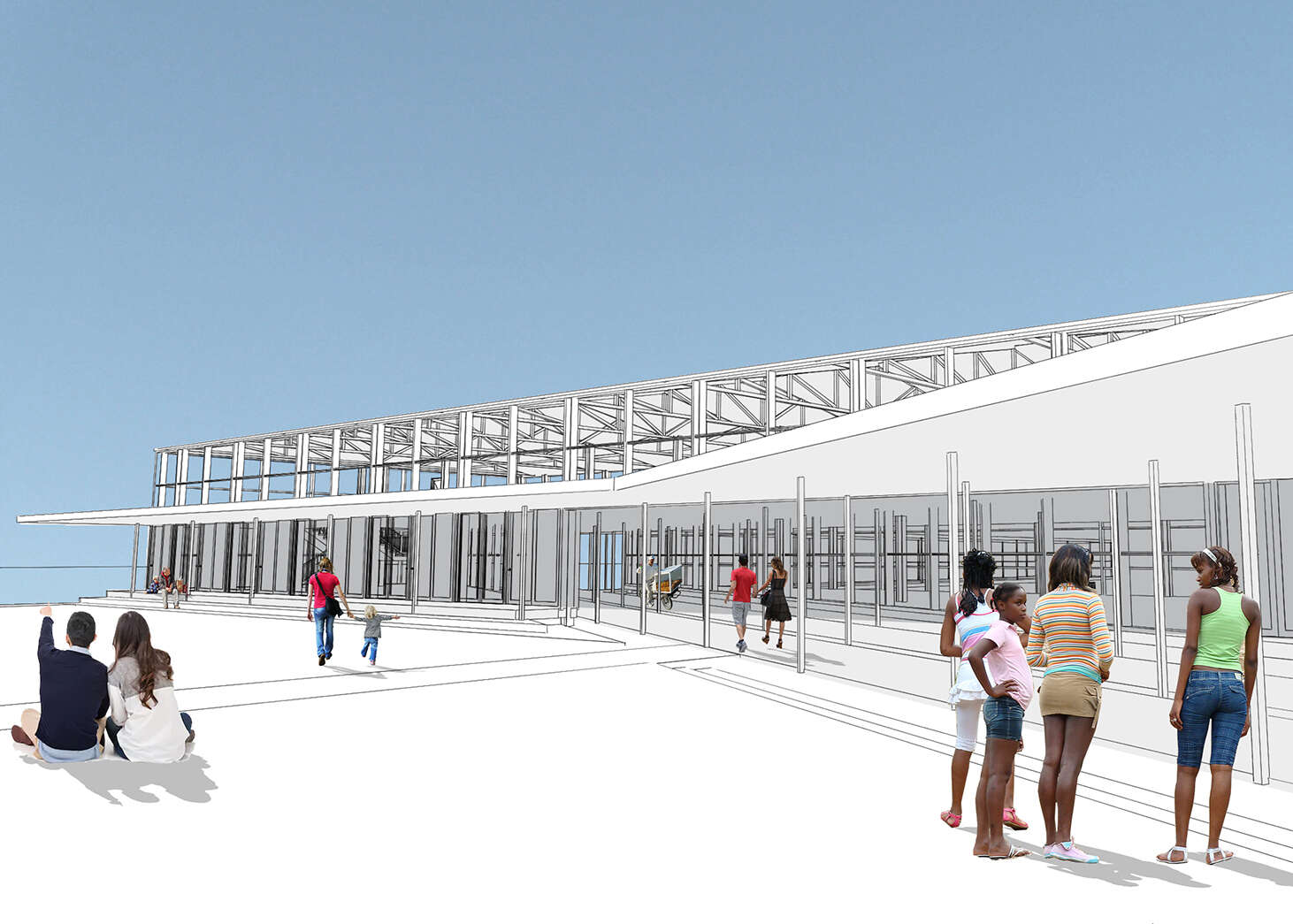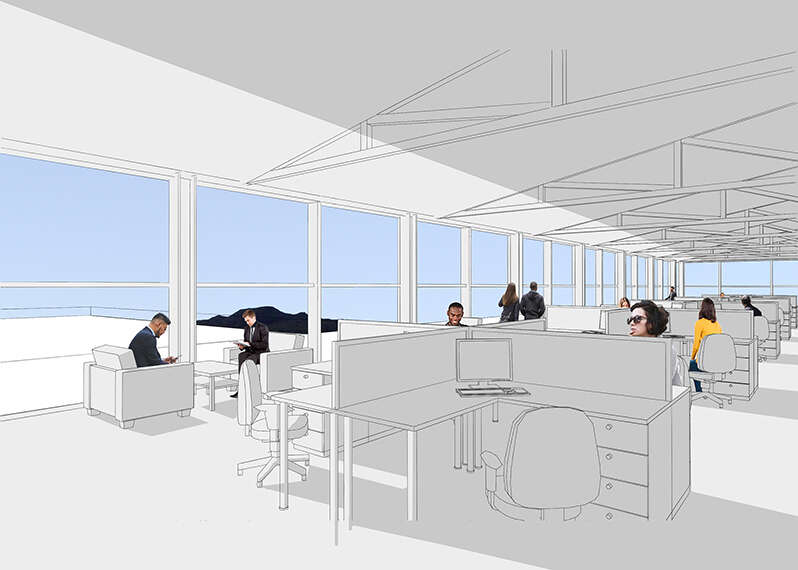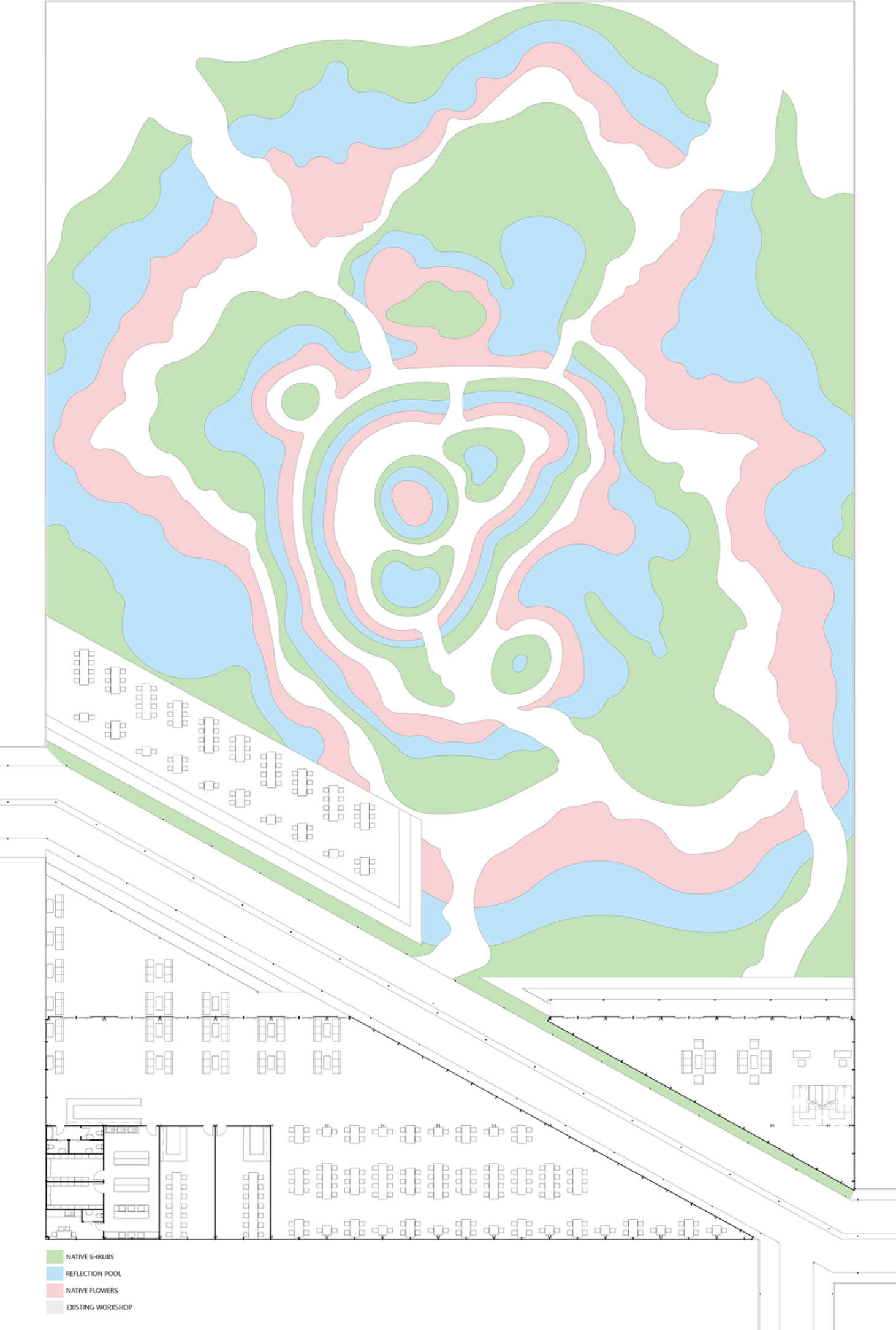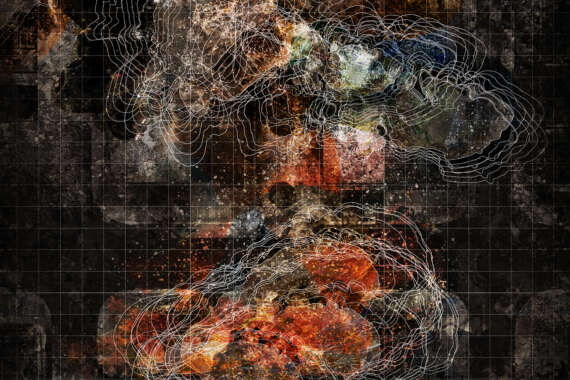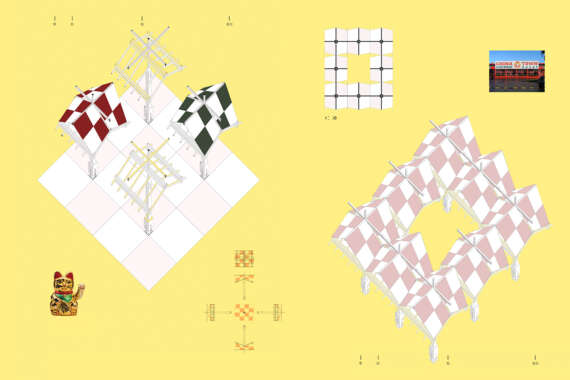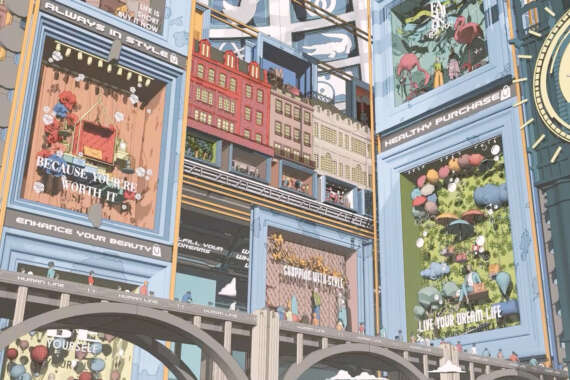Port-City Interface: Auckland versus Port of Auckland
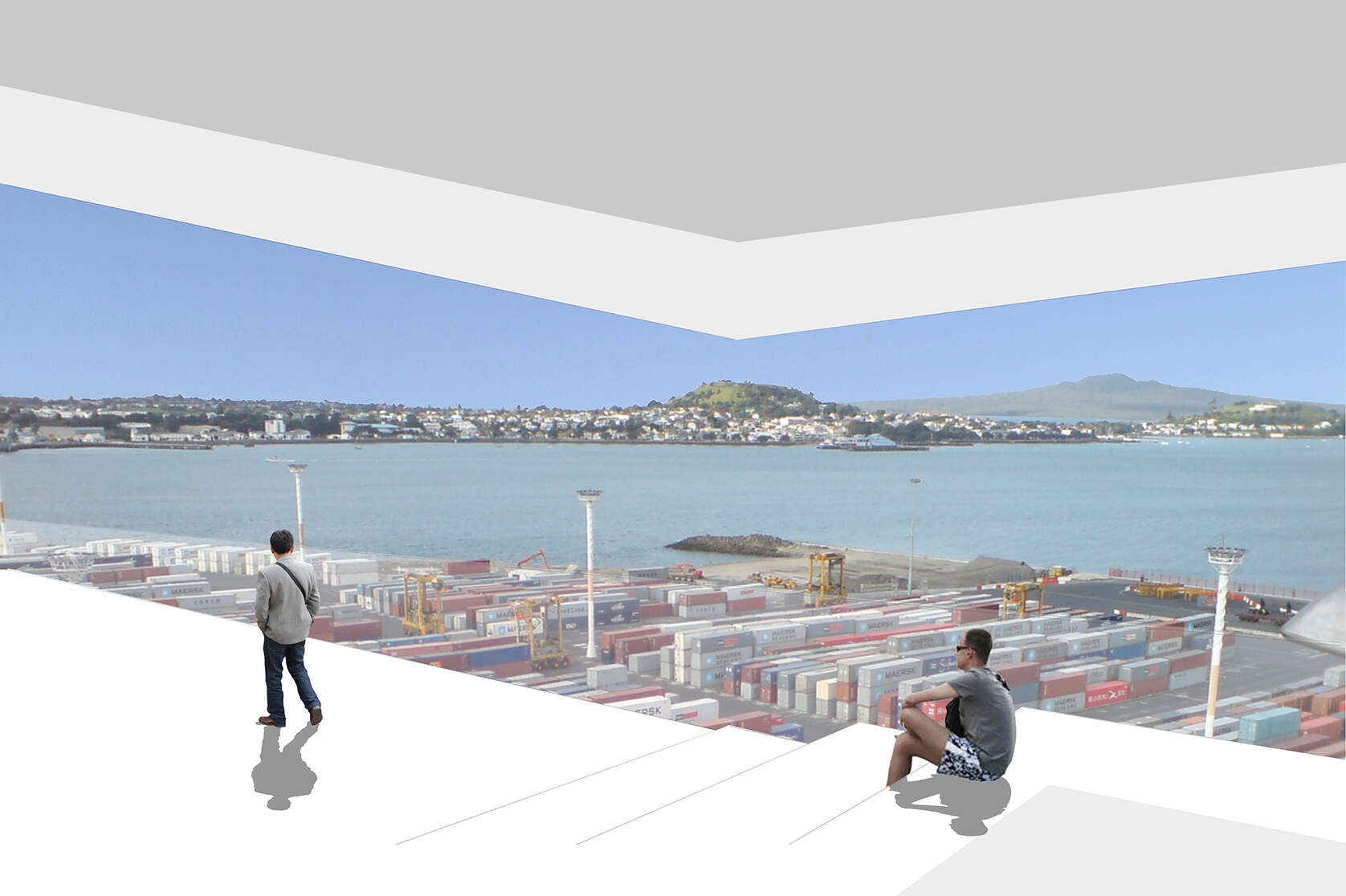
The Port of Auckland site on the waterfront of Auckland, New Zealand, is a controversial piece of land at one of Auckland’s most desirable locations. Port of Auckland, Auckland Council, Mana Whanua, businesses, residents and tourists are all invested in, and have strong opinions of, the Port of Auckland site and its use. Many of these opinions are conflicting, causing major debate over the past decade around the location, aesthetics, and access of the waterfront.







